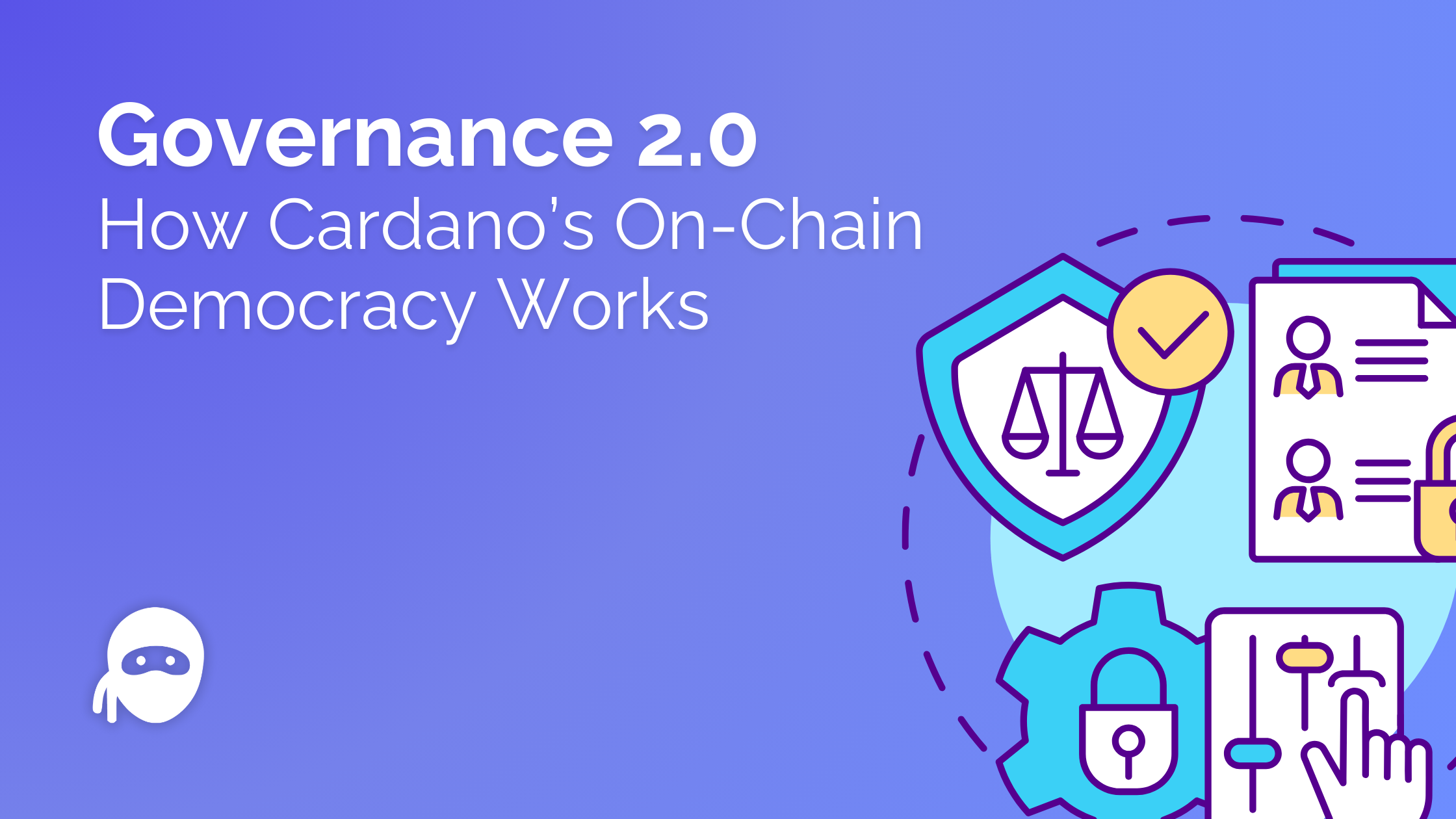Governance 2.0: How Cardano’s On-Chain Democracy Works

Decentralization is a foundational promise of blockchain technology, but achieving true decentralization goes beyond consensus mechanisms and distributed ledgers. It requires a system where users have a direct voice in the evolution of the network. Cardano addresses this challenge through Voltaire, its on-chain governance framework that transforms every ADA holder into an active participant in the platform’s future.
The Fundamentals of On-Chain Governance
Cardano’s approach to on-chain governance is rooted in participation, transparency, and accountability. The system is designed so that protocol upgrades, funding allocations, and strategic decisions are not dictated by a central authority but are instead shaped by the community. Through Project Catalyst and ongoing enhancements, Cardano ensures that its governance remains open and accessible.
Key features of Cardano’s governance model include:
- Open proposal submission for anyone in the community
- Voting rights based on ADA holdings and stake
- A treasury system that funds proposals through network fees
- Decentralized identity via Atala PRISM to secure participation
Project Catalyst: A Living Experiment in Decentralized Decision-Making
Project Catalyst stands as Cardano’s flagship governance initiative. It operates in regular funding rounds, inviting builders and teams to propose new ideas and solutions. ADA holders then vote on which projects should receive funding, and successful proposals are granted ADA directly from the treasury. This process has already distributed millions of dollars’ worth of ADA, supporting a diverse range of projects, from DeFi tools and wallets to educational platforms and artist collectives.
Participation is Power
Participation in Cardano’s governance is open to all ADA holders, regardless of technical expertise. Voters play a crucial role in determining the direction of development, while community reviewers help assess the quality of proposals. Proposal teams benefit from direct feedback, allowing them to iterate and improve their ideas collaboratively. This inclusive process creates a positive feedback loop, raising the standard of funded projects and fostering a more resilient ecosystem.
The Next Phase: Constitutional Governance
Looking ahead, Cardano’s Voltaire roadmap introduces the concept of constitutional governance. This will involve the creation of a formal constitution that outlines the rights and responsibilities of all stakeholders. Such a document will provide legal alignment for governance decisions, establish transparent mechanisms for amending rules, and introduce checks and balances to prevent the concentration of power. With this step, Cardano is set to become one of the first blockchains to implement a constitutional model for on-chain governance, setting a new standard for the industry.
Comparisons and Lessons from Other Protocols
When compared to other protocols, Cardano’s governance model stands out for its hybrid approach. While Ethereum relies on off-chain governance through GitHub and core developers, and Polkadot uses on-chain referenda with significant influence from the Web3 Foundation, Cardano combines structured funding with open access. Its academic and methodical philosophy ensures that proposals are reviewed with rigor, reducing the noise and inefficiency often seen in other ecosystems.
Why Cardano’s Governance Model Matters
Cardano’s Voltaire era represents a significant leap forward in on-chain democracy. By transforming passive users into active citizens, Cardano enables its community to guide the platform’s evolution. With decentralized funding, transparent feedback, and open voting, Cardano is building a blockchain governed by its people, not just its developers.
If you hold ADA, you are already part of this governance revolution, helping to shape the future of one of the world’s most innovative blockchain platforms.
Download and experience Tokeo on Android and iPhone here.
